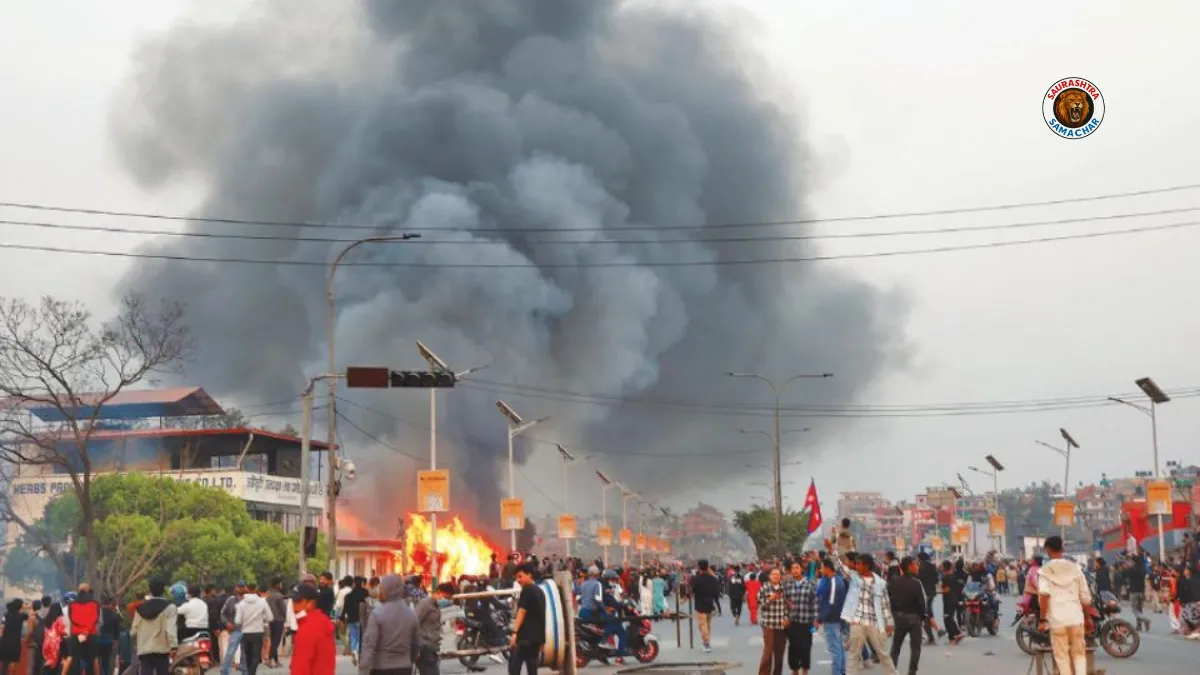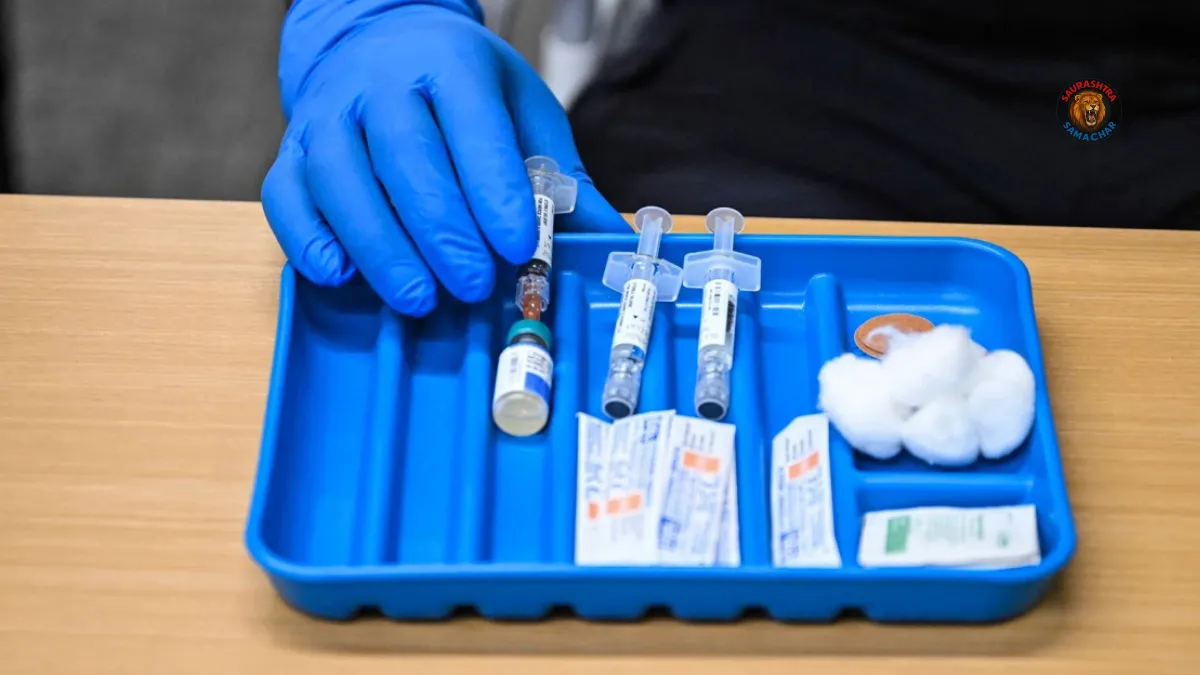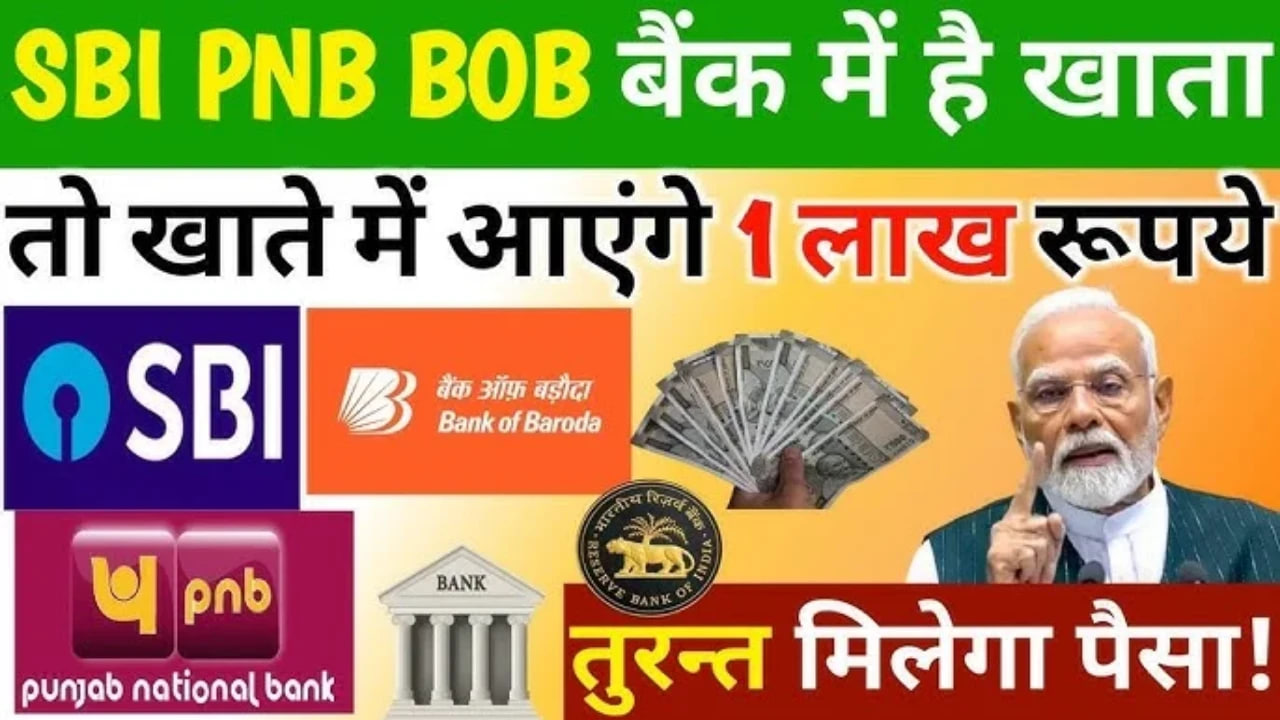Nepal Protest Updates have taken a shocking turn as violent demonstrations in Kathmandu led to at least 14 deaths and over 100 injuries. What started as a protest against a sudden government decision to ban major social media platforms has now escalated into one of the most intense youth-driven movements in Nepal’s recent history. The government has responded with heavy security measures, including curfews and deployment of the Nepal Army in the capital city.
Social Media Ban Sparks Outrage
The protests began last week when Prime Minister K.P. Sharma Oli’s government announced a complete ban on widely used social media platforms, including Facebook, Instagram, WhatsApp, and others. Officials justified the move by insisting that tech companies must register with Nepalese authorities before continuing their services in the country.
Communication and Information Minister Prithvi Subba Gurung stated that notices had already been issued to nearly two dozen digital platforms, but most had failed to comply. As a result, the government ordered their immediate suspension. While officials claimed that this was an administrative requirement, the move was perceived by Nepal’s younger generation as a direct attack on freedom of speech and digital rights.
Gen-Z Leads the Movement
Nepal’s Gen-Z population, which relies heavily on social media for communication, networking, and activism, spearheaded the protests. Thousands of young people took to the streets of New Baneshwor in Kathmandu on Monday, chanting slogans, tearing down barricades, and demanding the restoration of digital access.
The situation quickly spiraled out of control. According to Nepal Police, nine people were initially reported dead. However, the death toll climbed to 14 as clashes continued throughout the day. Security forces used batons, tear gas, and rubber bullets to disperse the crowds, while protesters retaliated with stones and makeshift barricades.
Curfew and Army Deployment
In response to the growing unrest, the government has imposed a strict curfew in Kathmandu and other key regions. The Nepal Army has also been deployed to assist the police in maintaining law and order. Roads in several parts of the capital were blocked, and heavy security was stationed around government offices and ministerial residences.
Reports confirm that over 100 people have been injured, including protesters, police officers, and journalists covering the demonstrations. Authorities have also carried out mass detentions, though the exact number of people arrested has not yet been disclosed.
Government’s Stance on the Ban
Despite the violent turn of events, the Oli government has defended its decision. Officials argue that the regulation is not an attack on free speech but a necessary step to ensure accountability of international tech companies operating in Nepal.
“Social media companies are making profits from Nepal without any official registration or compliance. We are not against social media; we are against unregulated business practices,” said Minister Gurung in his statement last week.
However, this explanation has failed to calm the anger of protesters, who believe the ban is an authoritarian move aimed at silencing criticism and controlling digital spaces.
Global and Regional Concerns
The ongoing protests have drawn attention from international human rights organizations and neighboring countries. Analysts fear that the ban could isolate Nepal digitally and harm its democratic reputation. Critics argue that in the 21st century, cutting off social media is equivalent to restricting free speech, especially in a nation where digital activism plays a vital role in political discourse.
India and other South Asian neighbors are closely watching the developments, as digital freedom has been a sensitive issue in the region. Many experts warn that the protests could spread if the government does not find a middle ground.
Timeline of Nepal Protest Updates
To understand the unfolding events, here is a quick timeline of the Nepal Protest Updates so far:
| Date | Event | Key Details |
|---|---|---|
| Last Week | Ban Announced | PM Oli government bans Facebook, Instagram, WhatsApp, and others until registration with authorities |
| Day 1 | Protests Begin | Gen-Z activists rally in Kathmandu against the ban |
| Day 2 | Violence Escalates | Clashes between police and protesters lead to first reports of deaths and injuries |
| Monday | Death Toll Rises | At least 14 dead, 100+ injured in Kathmandu protests |
| Current | Army Deployed | Curfew imposed, army called in to restore order |
Public Sentiment and Youth Resistance
The youth of Nepal, often considered the most digitally connected generation, feel betrayed by the government’s decision. Many students and activists argue that social media is not just entertainment—it is their platform for learning, networking, and raising their voices against corruption.
Videos from the protest sites show young demonstrators holding placards reading “Restore Our Voice” and “No Ban on Freedom”. Online campaigns using VPNs are also trending, as people try to bypass restrictions and spread updates on the global stage.
Also read: Nepal Protests: Gen-Z Uprising Shakes Government, Triggers Crisis
What Lies Ahead?
The situation in Nepal remains tense. With curfews, army presence, and widespread anger, the coming days are likely to determine whether the Oli government backs down or tightens its grip further. Experts say that dialogue between the government and youth groups is the only way to prevent further bloodshed.
For now, the world watches as Nepal navigates a critical moment in its democratic journey. The outcome of these protests could set a precedent for how governments in South Asia handle digital rights, free speech, and social media regulations in the years to come.














